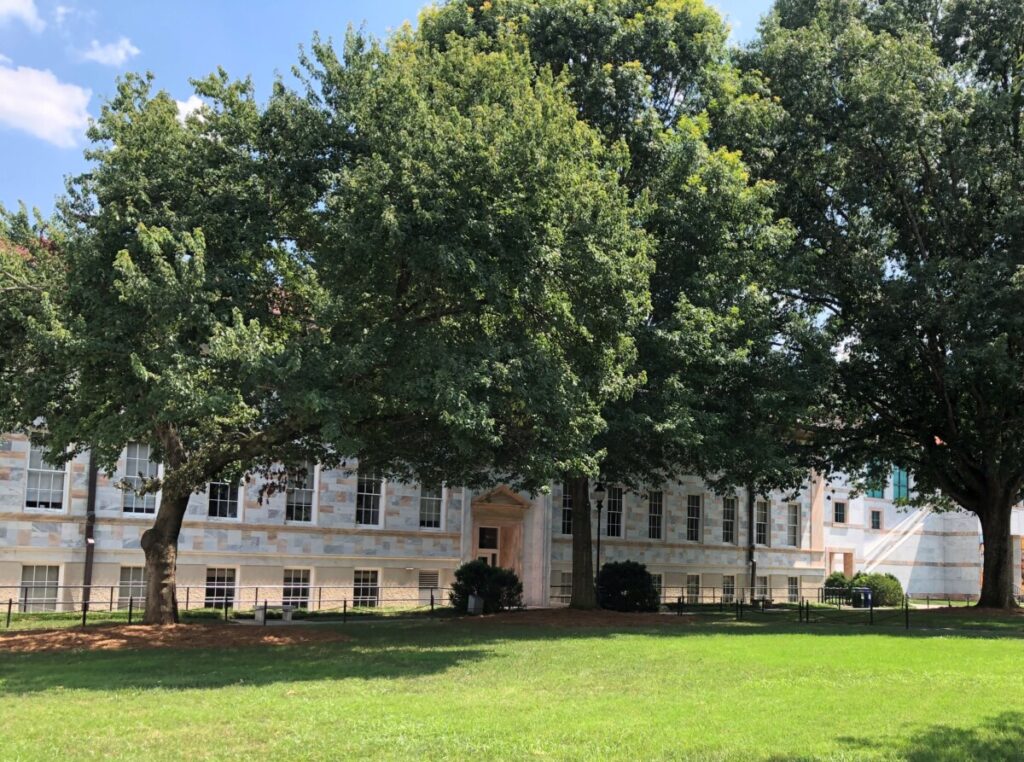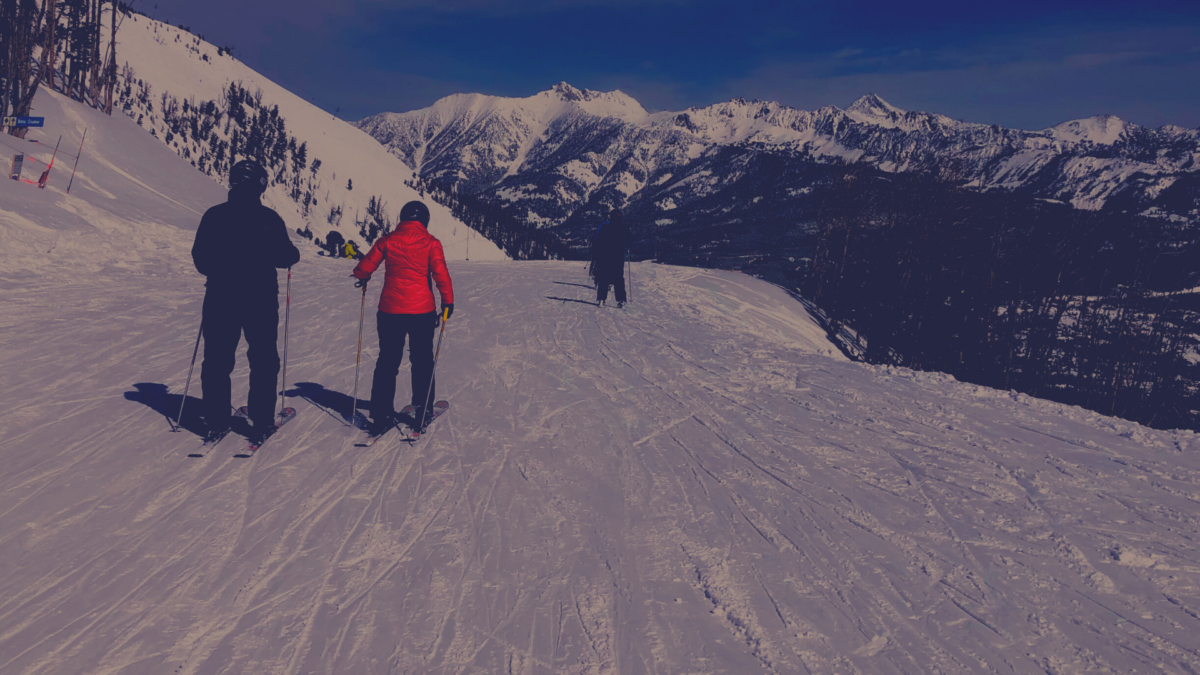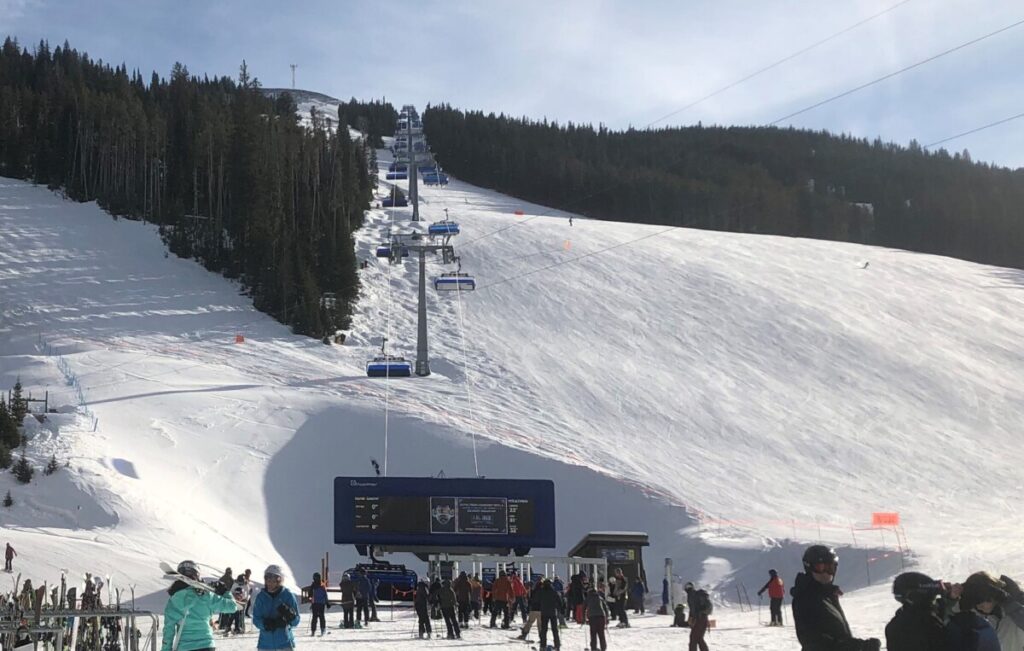
It would be fair to ask why a university in Atlanta, Georgia has a website on the history of skiing and snowsports. It would be equally fair to ask why an historian of eighteenth-century France is teaching a course on those topics.
I’ll start with the line from Dr. Jim Grossman, the Executive Director of the American Historical Association: “Everything has a history.”
This course and the website came to be while I was standing in a lift line with another French historian at Big Sky Resort in March 2020. We were having a skiing and writing retreat for a few days.
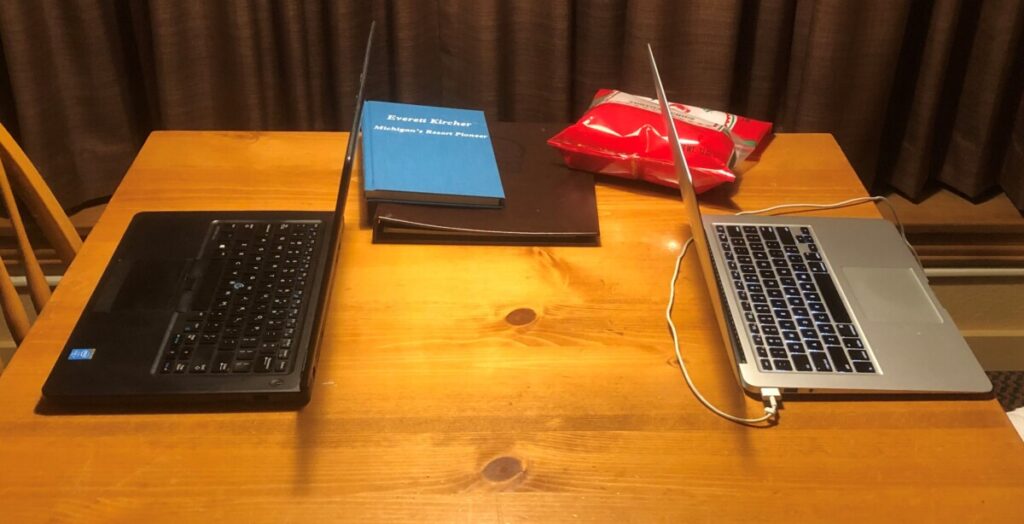
It is hard for historians not to look for the past in every place that they visit.
I had been skiing in Montana for several years and questions had piled up. Who had named the Spanish Peaks? Was it a legacy of Spanish colonial missions centuries ago? Or the fantasy of a more recent real estate developer? How had the Madagascar run gotten its name? (I think it must be the Madagascar granite in the mountain, but I do not know for sure.)
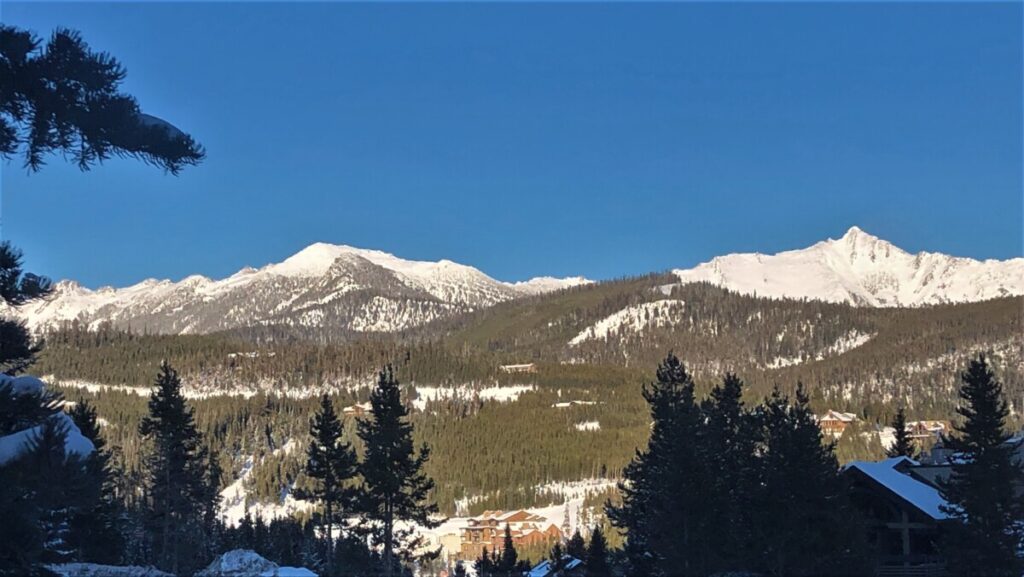
On that March day, as we pondered our universities’ closings and how COVID-19 might shape our lives, I posed yet another question about the history of Big Sky. My friend turned me and said, “You should teach a course on the history of skiing!” By the time we got to the top of the lift, we had outlined the course. I emailed my Emory University History Department that evening and was delighted when my colleagues embraced the idea. The course went on the schedule for spring semester 2021.
I wished to create a course that took the history of skiing and snowsports seriously, that is, a course that reflected the questions that historians have. That would mean moving beyond the heroes of the winter outdoors, stoke videos, and the outpourings of public relations teams (though the snowsports industry certainly has a history).
Given the ways that the histories of race and gender have shaped research in the past decades, it seemed essential to tackle those issues. Environmental history, too, has dominated scholarly discussions and so it landed on the syllabus. As you will see from the projects, avalanches, climate change, and snow making got the students’ attention. The problem of economic access to winter sports, equally, seemed to grab them. In short, the course offered an “alternative” history of skiing and snowsports, but one that fit well with present concerns of the field.
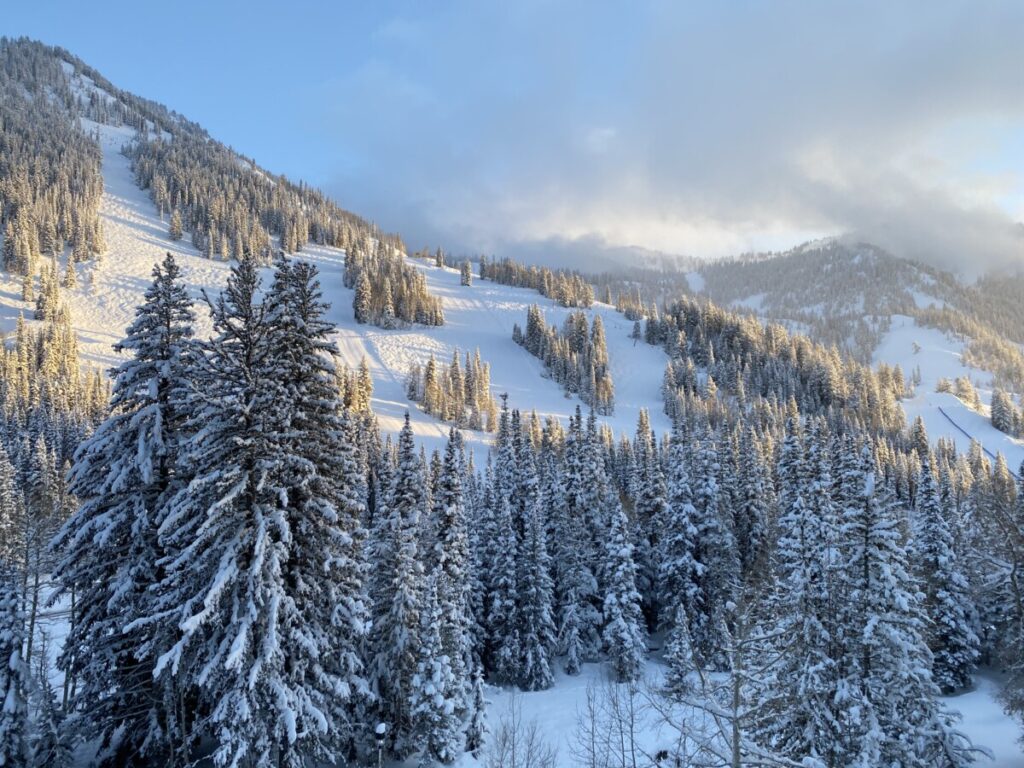
Emory University encourages faculty to create more opportunities for undergraduate research. That, frankly, has never been a problem with my classes. My students always seem to be doing research projects of one kind or another. Most of all, I wanted to introduce this class—and the many students in it who were not history majors—to what the French historian and member of the Resistance in World War II, Marc Bloch (1886 – 1944), called “the historian’s craft.” The experience of digging into sources, questioning them, and then explaining how change came about–those are essential historical skills. What forces, the students asked, drove the transformations that they were exploring?
The projects featured here reflect both the students’ individual interests and themes that emerged in class.
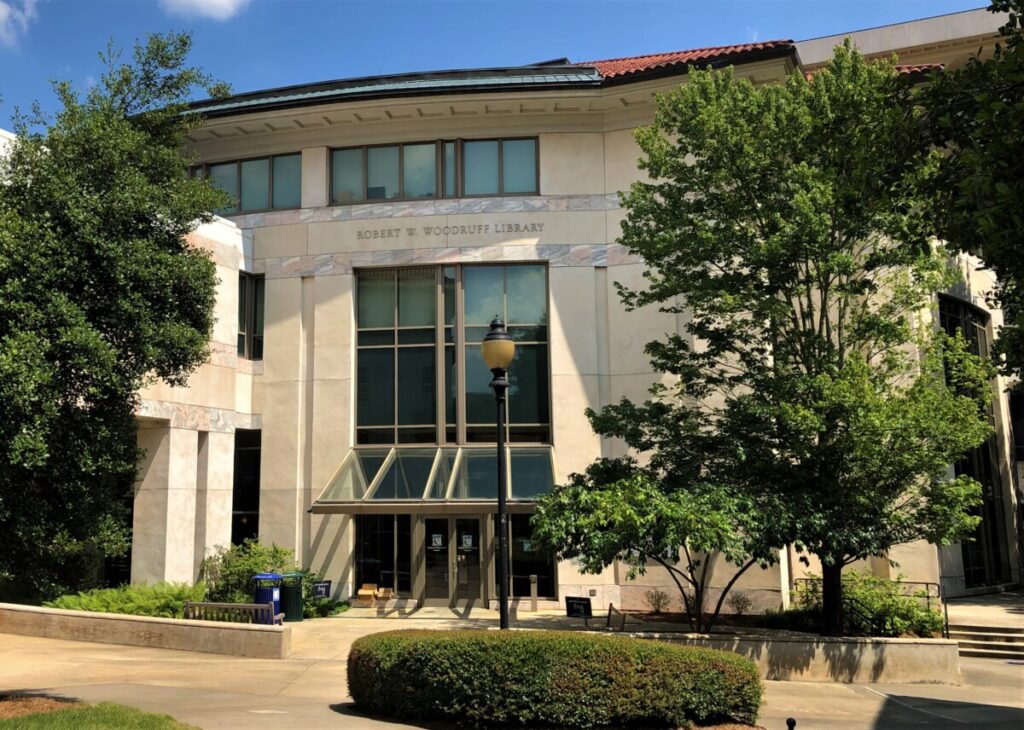
Given the University’s support for public scholarship, it seemed natural to create a website where our students’ work could be featured. Emory is lucky to have the Center for Digital Scholarship (ECDS) and its wonderful staff, in particular, Mr. Chase Lovellette. Their help has been as generous as it has been invaluable. The same must be said of the Emory Woodruff Library Subject Librarians, and most especially of Ms. Chella Vaidyanathan, the European/World History and Philosophy Librarian. Her expertise has been vital to the students’ research.
I hope that the projects here—blogs, podcasts, and videos—are of interest to you. With luck, I will teach this course every spring semester and my students and I will continue to build this website.
Judith A. Miller, Department of History, Emory University, Atlanta, GA
May 2021
